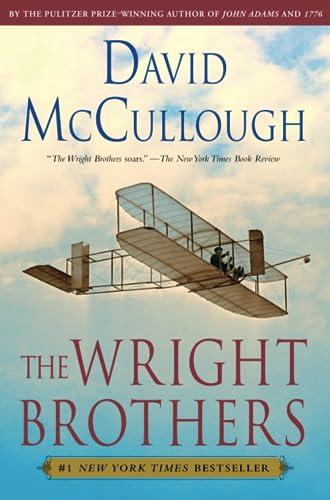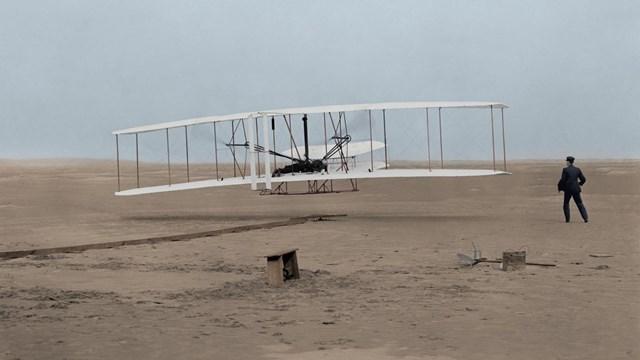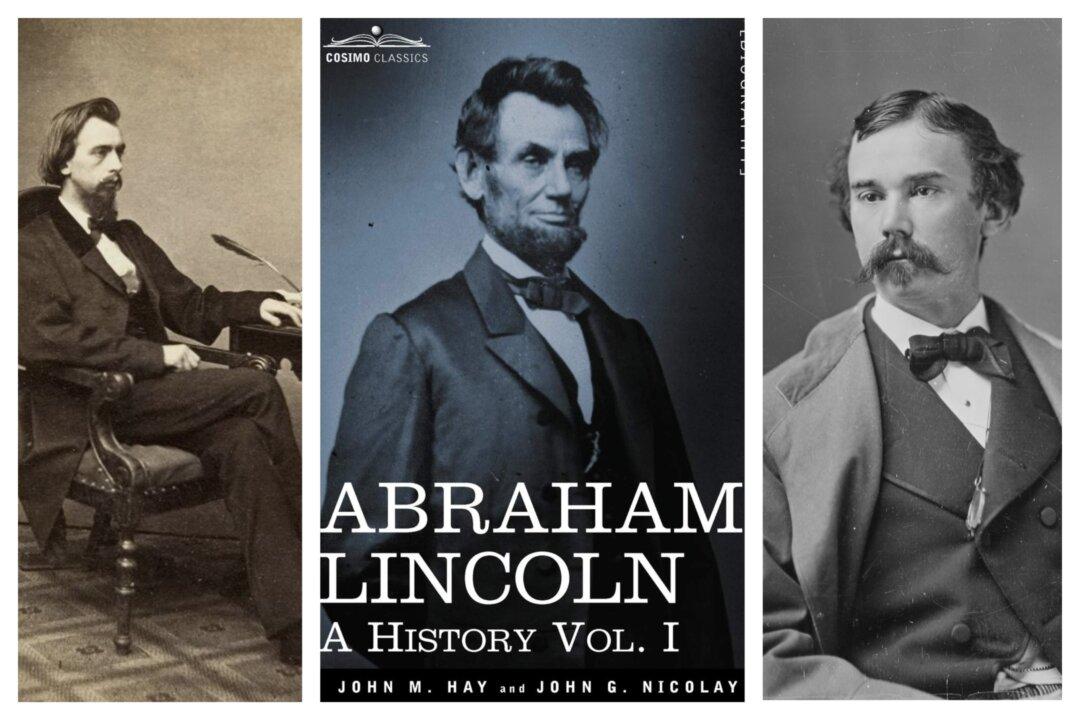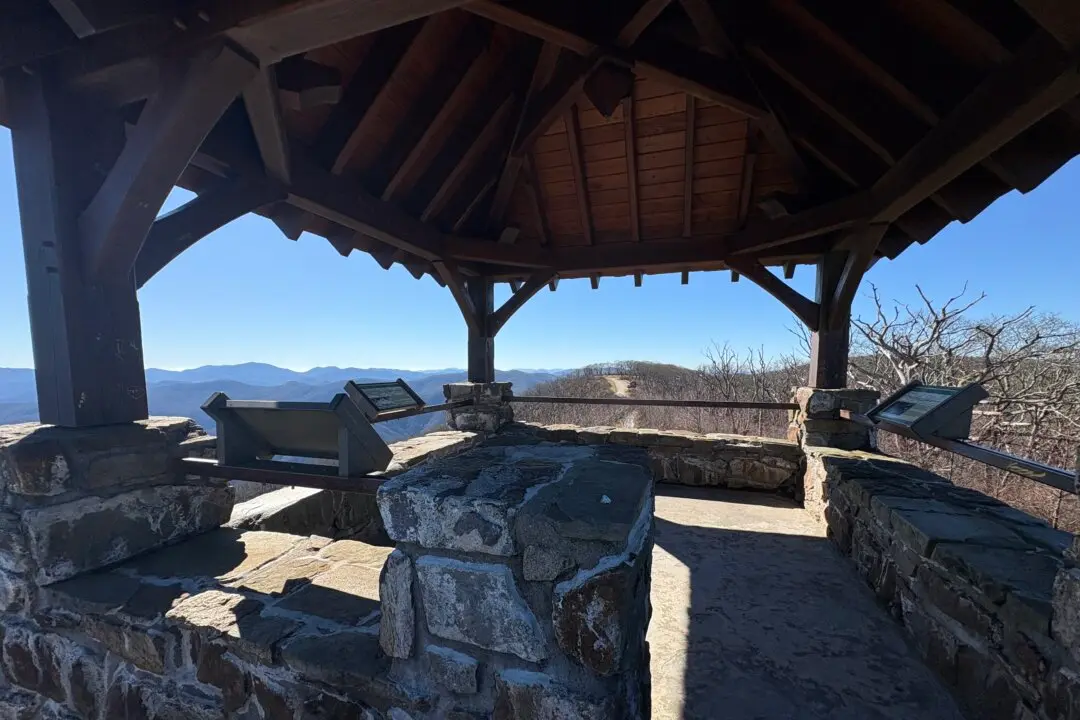While the book “The Wright Brothers,” by David McCullough, provides interesting and accurate information about the tenacious sibling inventors, being in the actual spot where the first flight took place induces greater understanding and wonder. One truly connects with history when witnessing where Ohioans Wilbur and Orville Wright lived off and on for months, enduring harsh weather and relentless mosquitoes. As I stood on the windy runway, it was much easier to imagine their thrill as each brother took turns flying a little farther on that momentous day in 1903.

"The Wright Brothers" by David McCullough. Simon & Schuster, Reprint Edition





